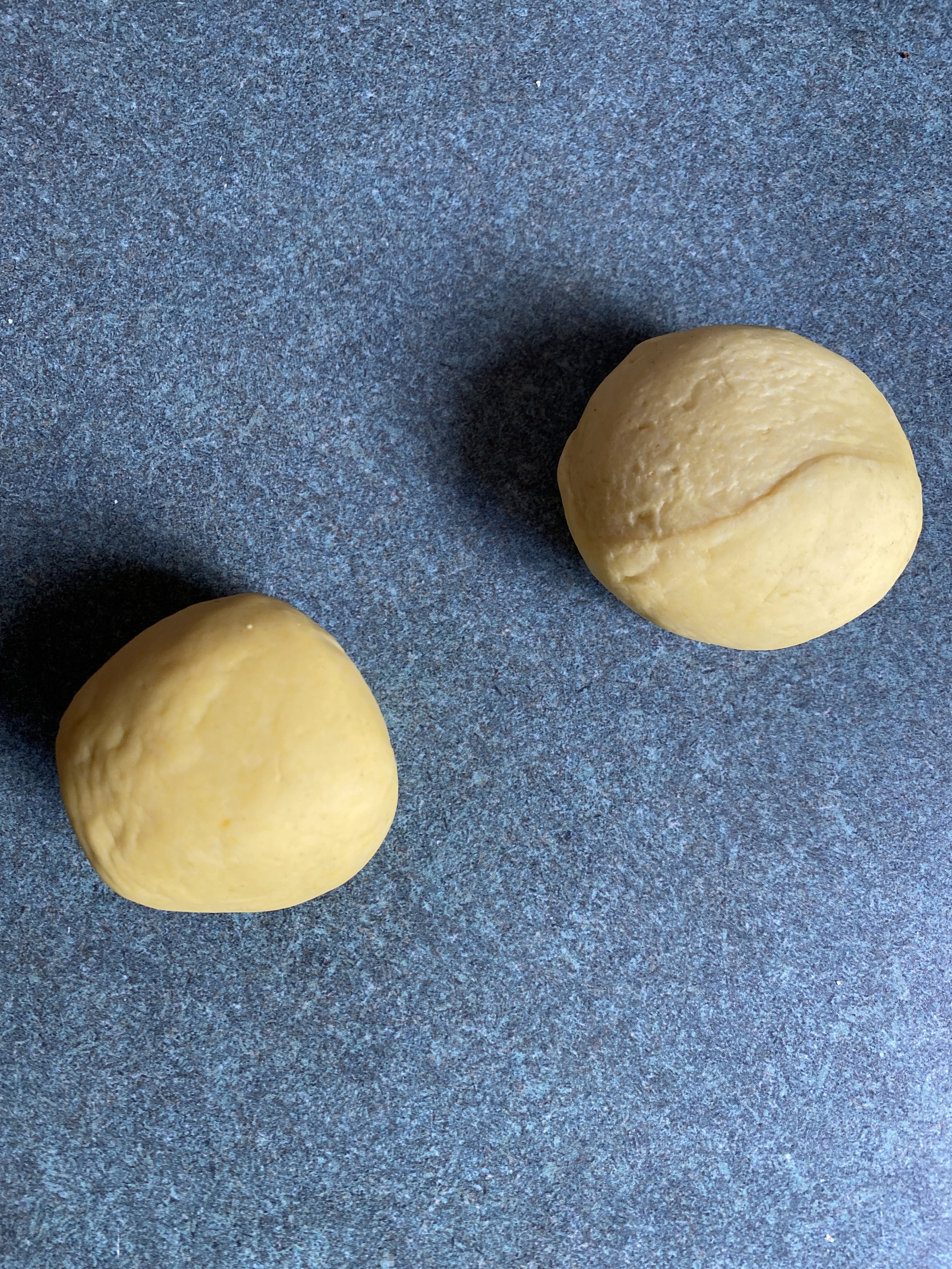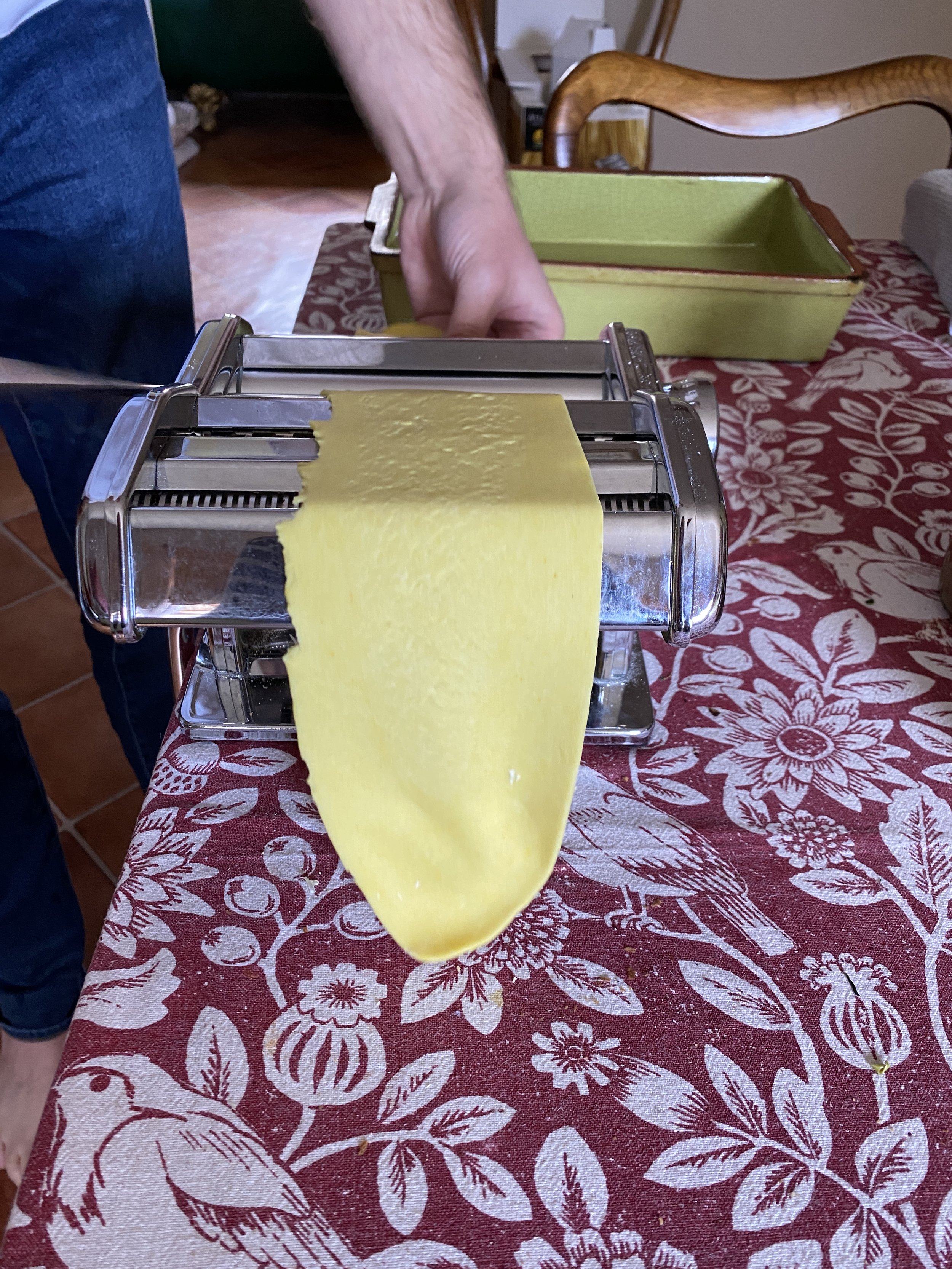After the finish line
What's next? is a question I’ve been trying to answer for as long as I can remember.
I was a straight A student at school and university, so it seemed there was always another hoop to jump through, another pat on the head I was waiting for. While I was very driven (good) I was very dependent on external validation to feel good about myself (not good). To say the real world hit me hard after graduation is something of an understatement. I went through a period of major stagnation in my early twenties where my physical health deteriorated and my lifelong ambition of being a writer was all but shelved.
I took up endurance sport nearly ten years ago to shift a few pounds and negotiate the aftermath of a painful divorce at the fairly young age of 25. When I crossed the finish line of the London Marathon in 2011, I had never been so proud of myself. My thighs were taut with muscle, my heart soared with joy as I had surely conquered the ultimate physical feat. I didn’t know if I wanted to ever run another marathon - the training had taken over my life and I’d had no time to write.
But what on earth would I do next? As a born overachiever, the fact I didn’t have an answer to this question didn't sit well.
A year after the marathon, I was now a full time writer after a well-timed redundancy, but despite having taken the biggest leap of faith of my life, things were not going well. I had come dead last in a trail half marathon (a race harder than the marathon had ever been), money was running low and it looked like my biggest dream, publishing a book, was never going to happen as my hopeful queries to agents and publishers were met with rejection after rejection.
On New Year’s Eve 2012, with my confidence in tatters, I did a manifestation exercise where I wrote a letter to myself from my 2015 self. What would she say? What was life like now? What words of encouragement could I give myself, based on where I hoped I would be in three years time?
I found the letter the other day. It’s so accurate it’s frightening.
2015 has been a big year for me, possibly the biggest of my life. Since my agent rang me with the news in March, I’ve surfed a giant wave of publisher deadlines, edits, cover designs, fitting in writing a 100,000 word book around a full time job within three months, not to mention the fear of exposure that comes with having a book that contains such a raw personal story out there in the world. But my heart is soaring. Fear is a luxury I daren’t indulge in. My memoir The Latte Years will be published in January 2016.
Just like when I finished the marathon, I’m pondering the same question. What am I going to do now? What do you do once you realise your biggest dream in life? The similarities between writers and athletes never fail to amaze and amuse me, and so I have been negotiating this time for my work and creative practice the same way I approached the aftermath of completing a marathon.
I have had to find ways to get “goal hungry” again both after success and after failure. Both scenarios require gentleness and asking questions and setting intentions from a place of love rather than fear.
This is what has helped me so far:
Put your feet up
A wonderful running coach, Martin Yelling, told me to “put your slippers on and have a well deserved rest” after the marathon. He’s a wise man - often the best thing we can do after achieving something massive is let the dust settle, take stock and, for heaven’s sake, RELAX.
Detach
This has been key to my personal growth as well as my creative work. Keeping my self belief while detaching from desired outcomes and expectations is trickier than it sounds but it can be done. Sometimes you need to detach from an old identity too. Many of us cling to old personas that don’t always reflect who we are now. It’s very tempting to call myself a marathon runner forever more but while that achievement can never be taken away from me, I can’t keep measuring myself against it either. It reminds me that achievements come and go in the fullness of time, but life goes on. Nothing you leave behind will ever be truly lost if it is relevant to your future. Trust that.
Manifest (or visualise)
An essential technique for successful athletes is visualising their moment of glory. Not just what they can see, but how do they feel? I’ve found doing the same thing immensely helpful for my creative goals. The great paradox about the creative life is that you cannot ever possibly know what the outcome of your efforts will be - and I truly believe that’s a good thing - but writing down what I wanted to achieve in the voice of a future self who had already achieved it was a powerful exercise. It helped me visualise where I wanted to be, work out my priorities and feel gratitude for how far I’d come. It also gave me some clues as to how I was going to get there from that moment in time, dejected and wondering if I should just throw in the towel.
If you’re struggling to figure out what’s next for you, really recommend trying it. I’m not saying all you have to do is write down what you want and it will happen like magic. We all know life doesn’t work that way. But what does work is getting really clear about who you are and what you want (and who you’re not and what you don’t) and then taking some action. A little imagination doesn’t hurt either.
Trust
It’s easy to fret our lives away, looking for our next achievement. The current culture of social media does little to reassure us that everything doesn’t have to be instagrammable, and if you can’t apply the #blessed hashtag to your life then you’re doing something wrong.
In those near three years, I didn’t look at what I’d written in that letter from my future self once, but I did remember how authentic the voice sounded. Future Me was on to something, I decided. I would trust that all would be well. I would put my faith in the universe to deliver. Even if it meant I had nothing to instagram but my breakfast in the meantime.
Take action
I think this is the step many of us have trouble with - I certainly did for the first half of my life. It’s easy to want - it’s the doing that’s the hard bit. You have to keep your end of the bargain. Everything is a choice, including doing nothing.
For me, action was a conscious act of surrender and letting go. I decided to stop for a while and listen, take notice, instead of pushing so hard all the time. I no longer had any grandiose ideas, no project I thought would be my “game changer”. But every day, I got up and committed myself to my practice, just as a runner puts on her shoes and runs every day. Even if it was just Morning Pages, I was “in training”. I was a marathon writer.
Be true to yourself
For me, the question “what next?” has to be answered by examining your own motives. I’m a goal-oriented person by nature and while this is not necessarily a bad thing, it was crucial for me to get a balance between goals that were truly authentic and goals I was pursuing because I thought I “should” or that would earn me admiration from others.
Experience has taught me that things get clearer, or solutions present themselves, when you stop and enjoy the view for a while. In fact, that is the only reason to climb the mountain. Don’t worry about whether others can see you on top of it – do it for the fun of the climb and, above all, let yourself enjoy the view once you get there. The next mountain can wait, just for now.












